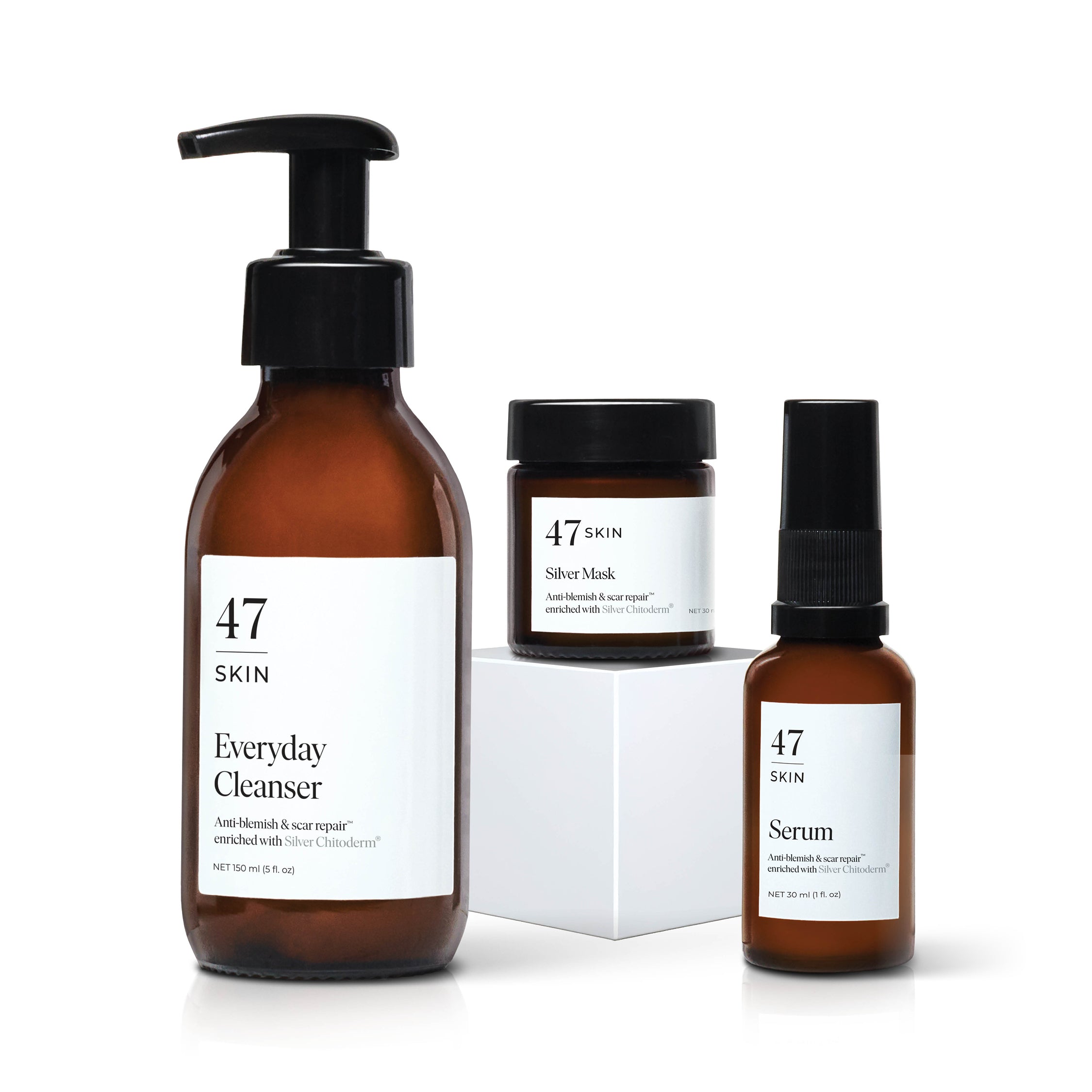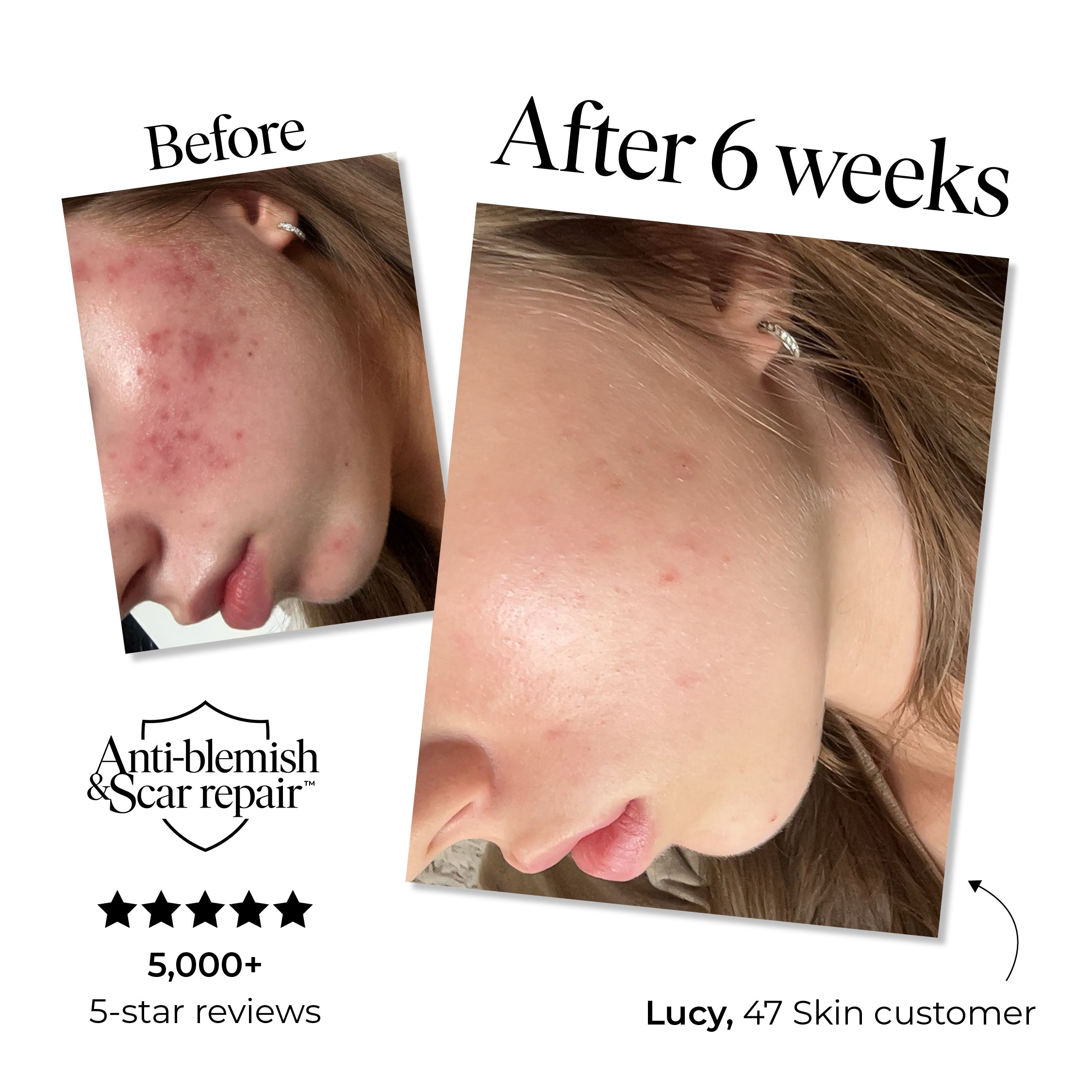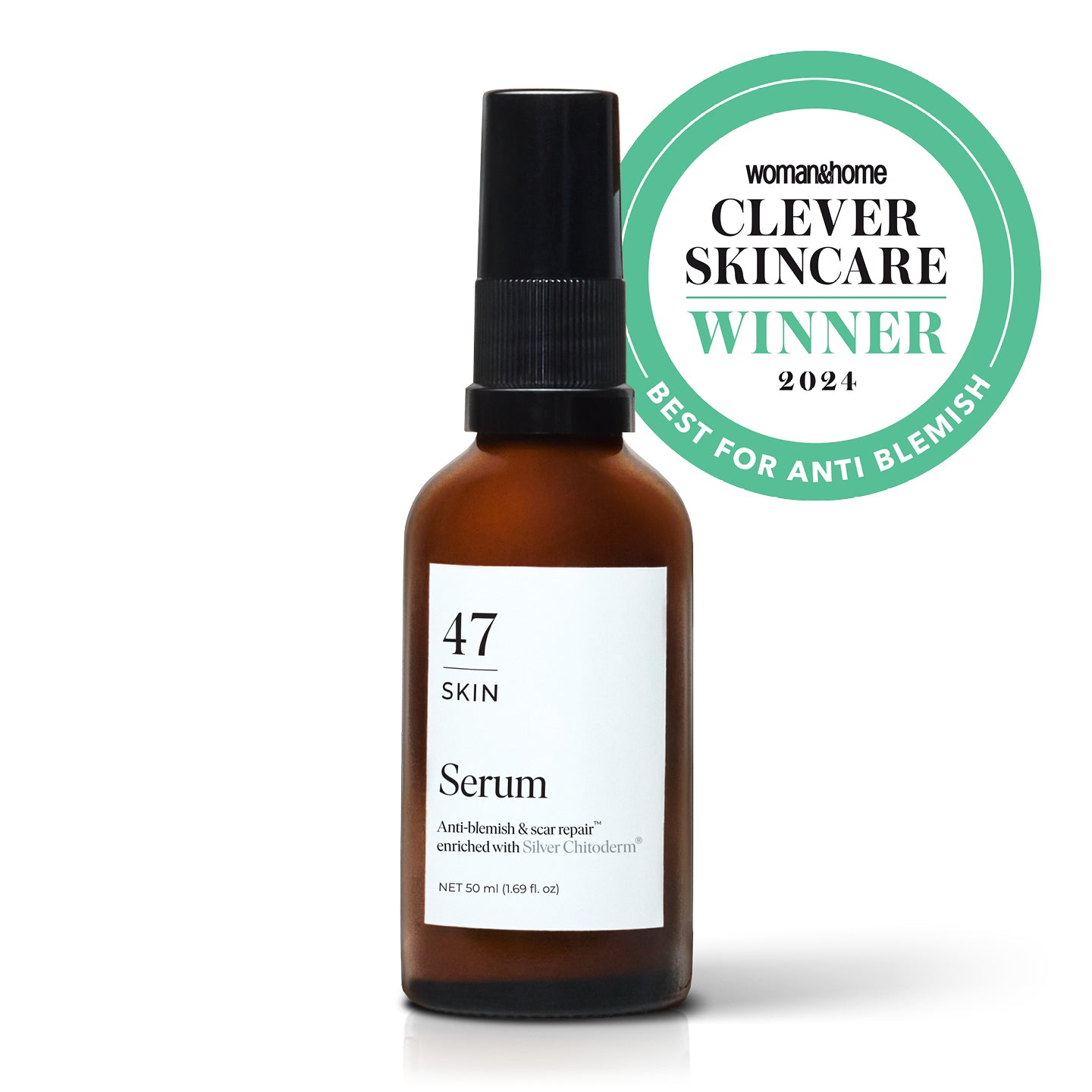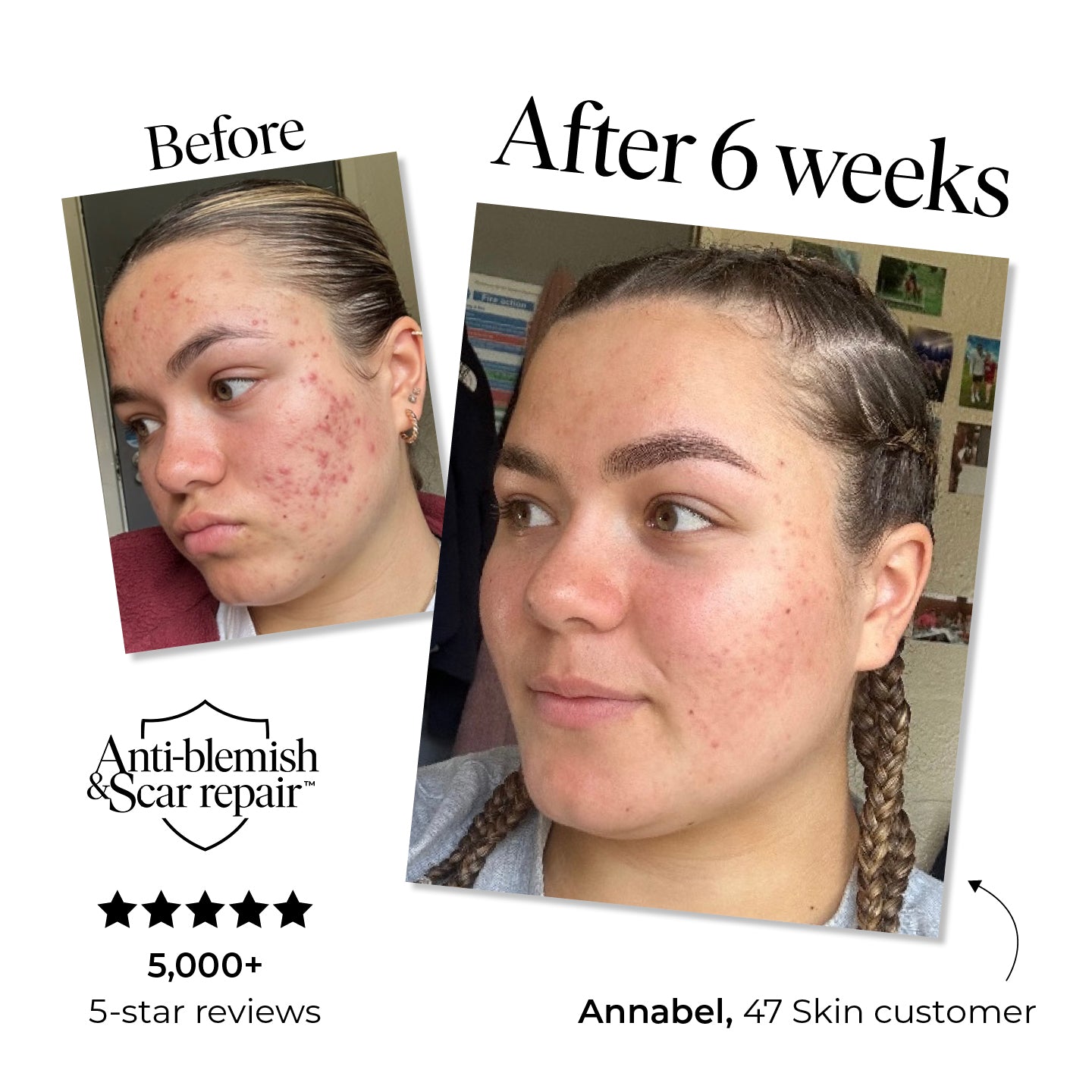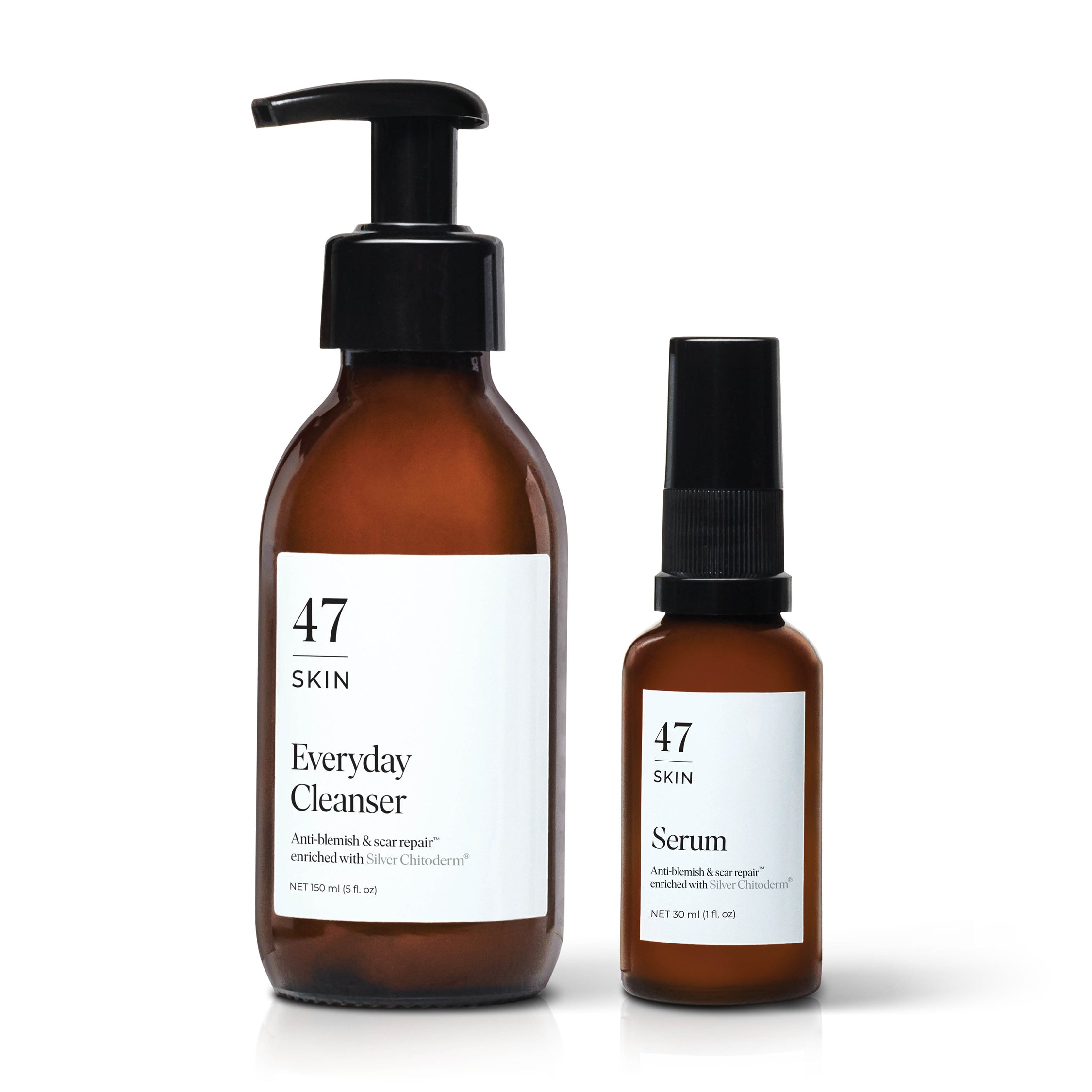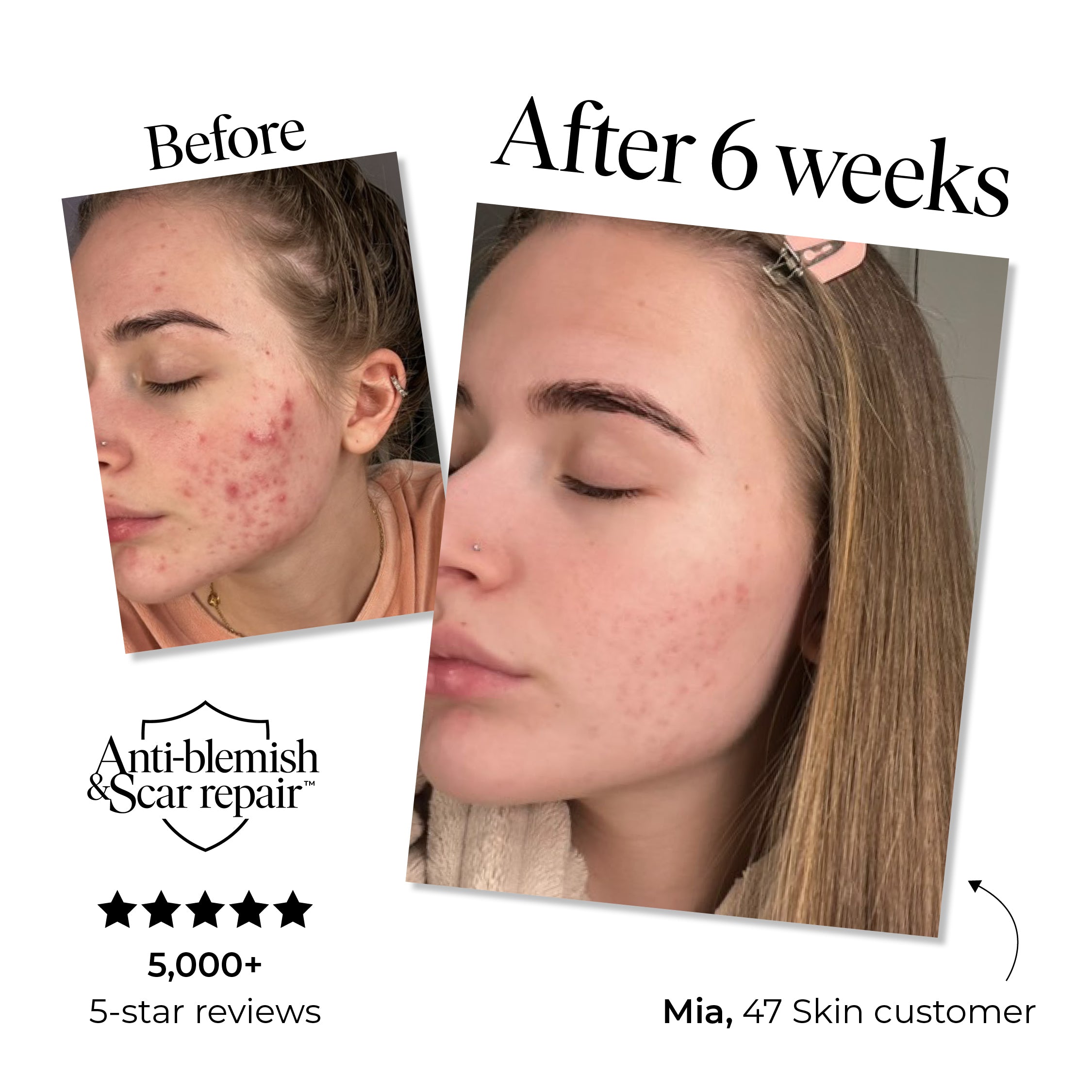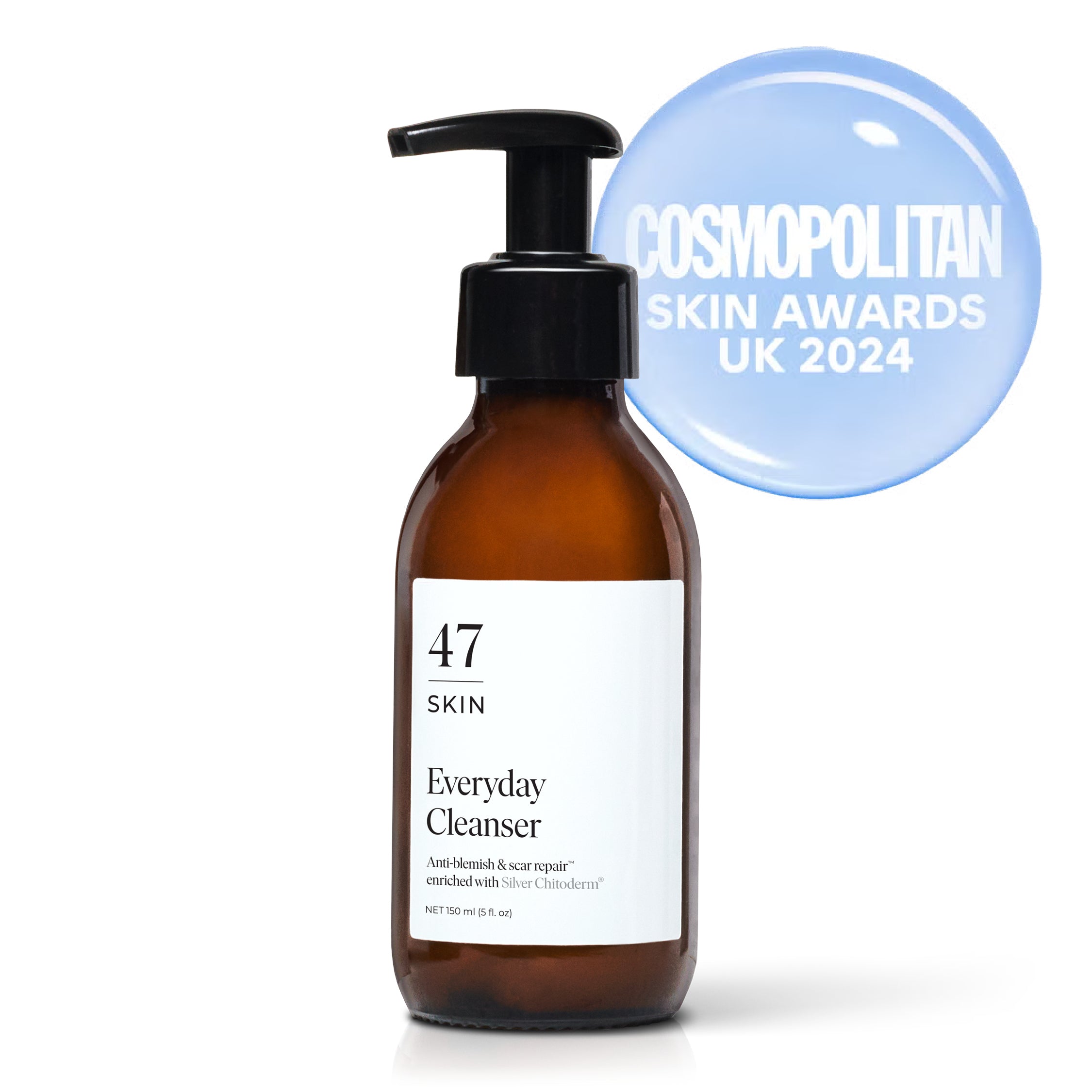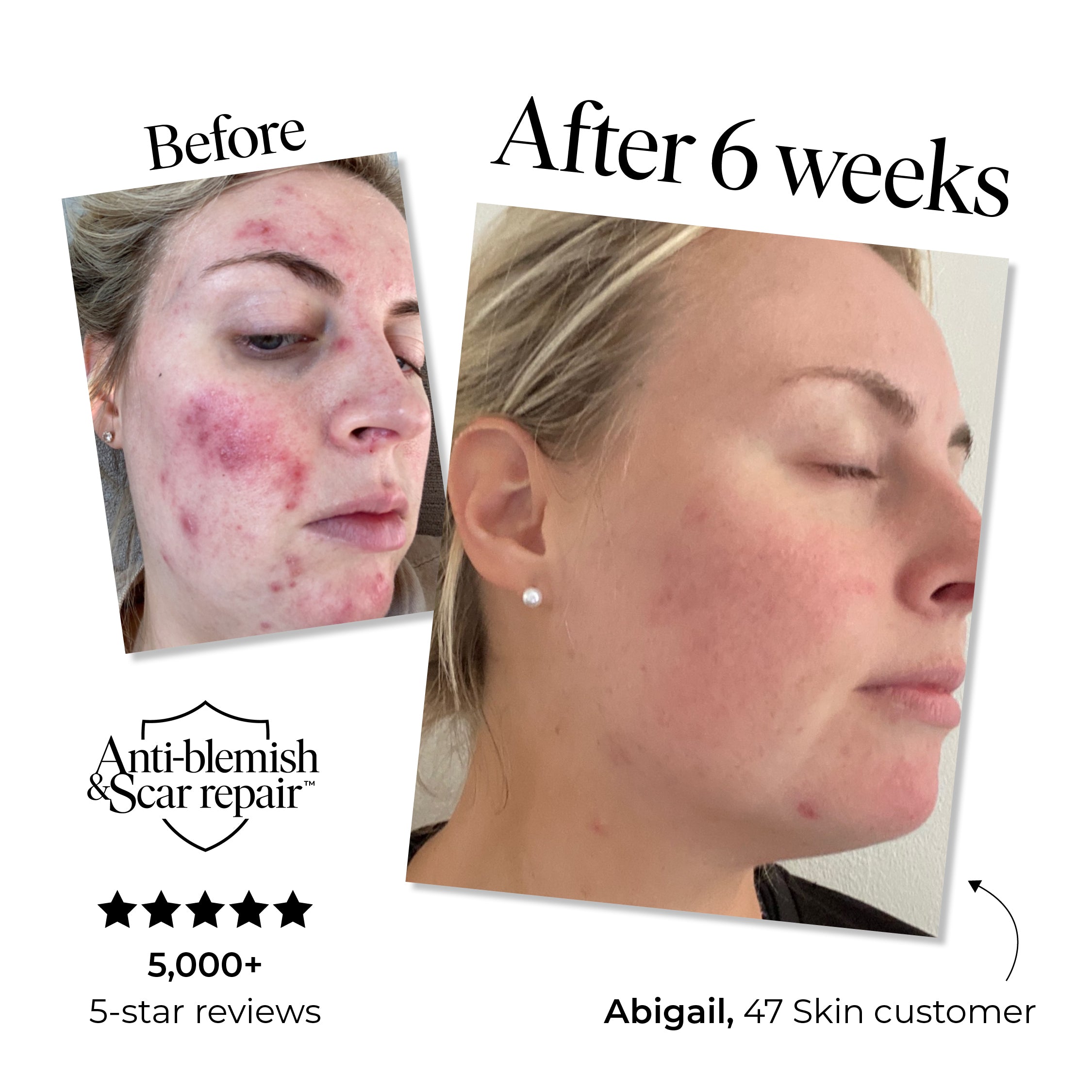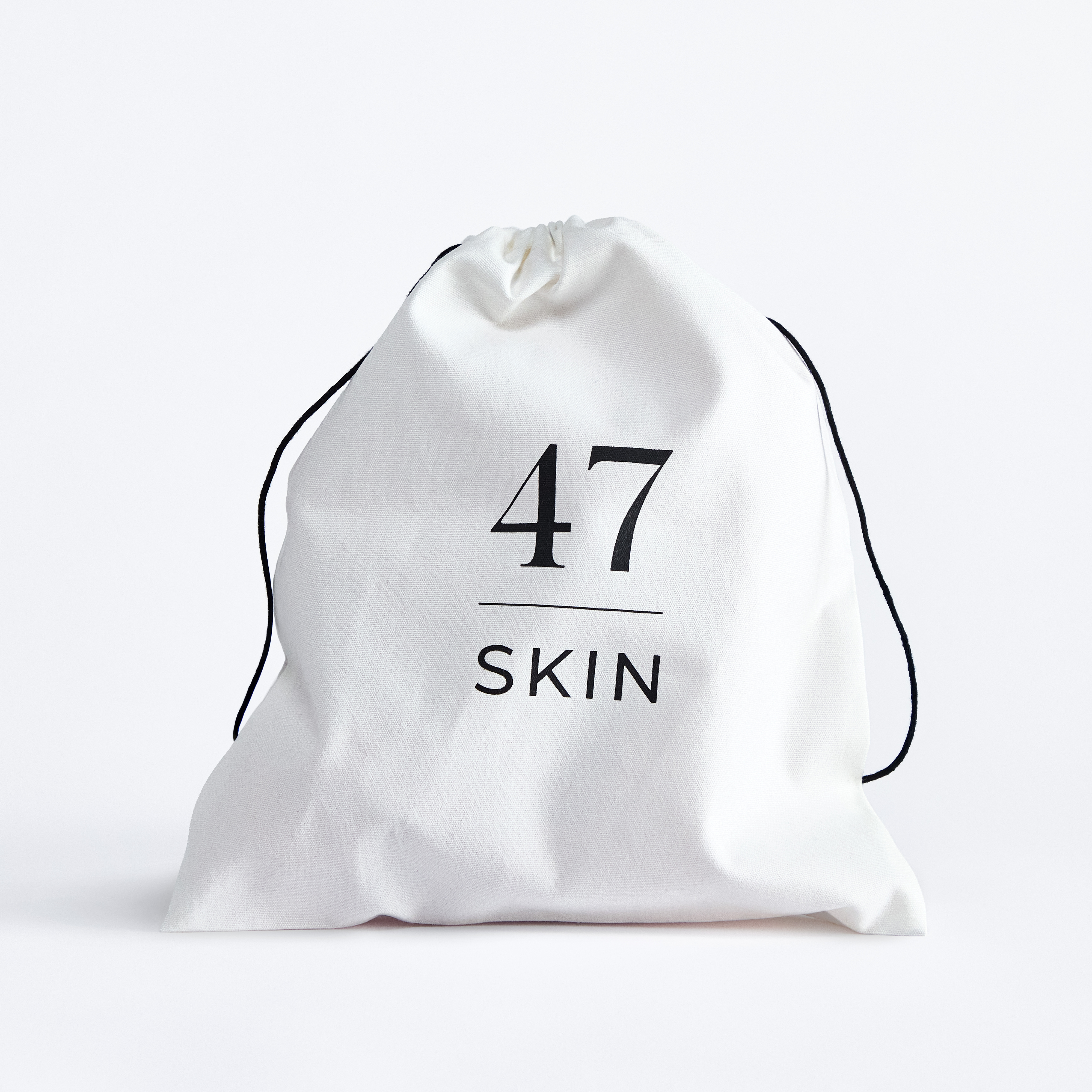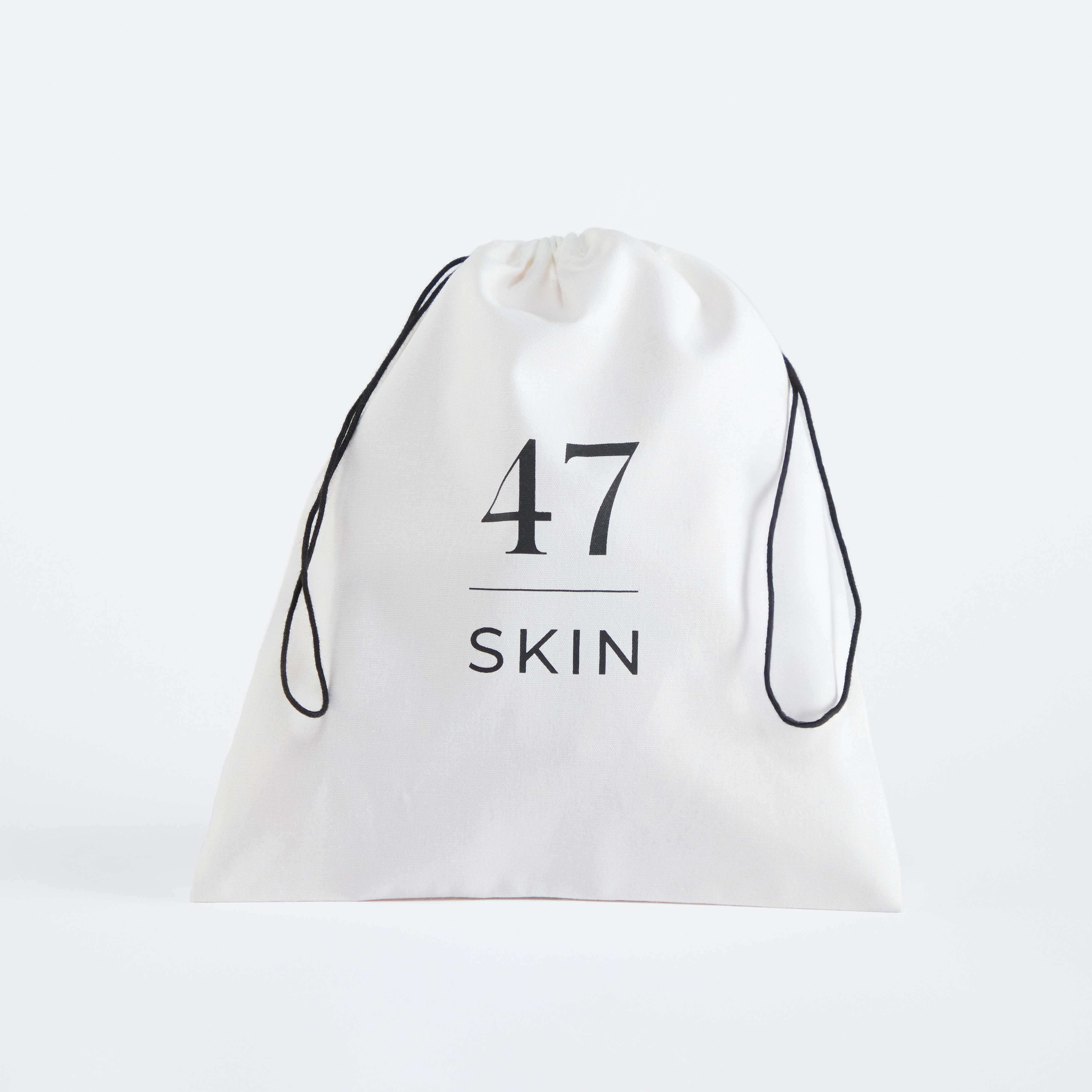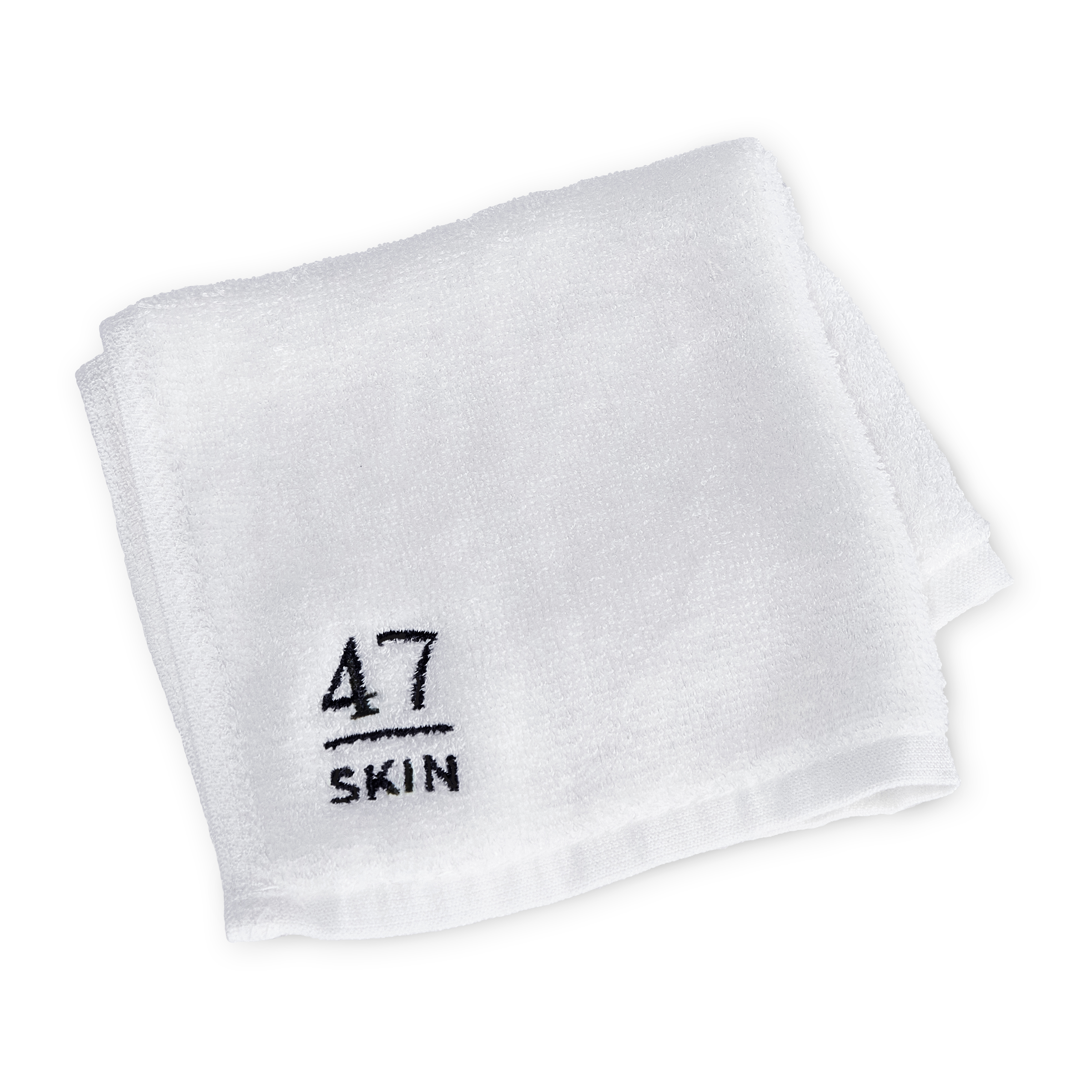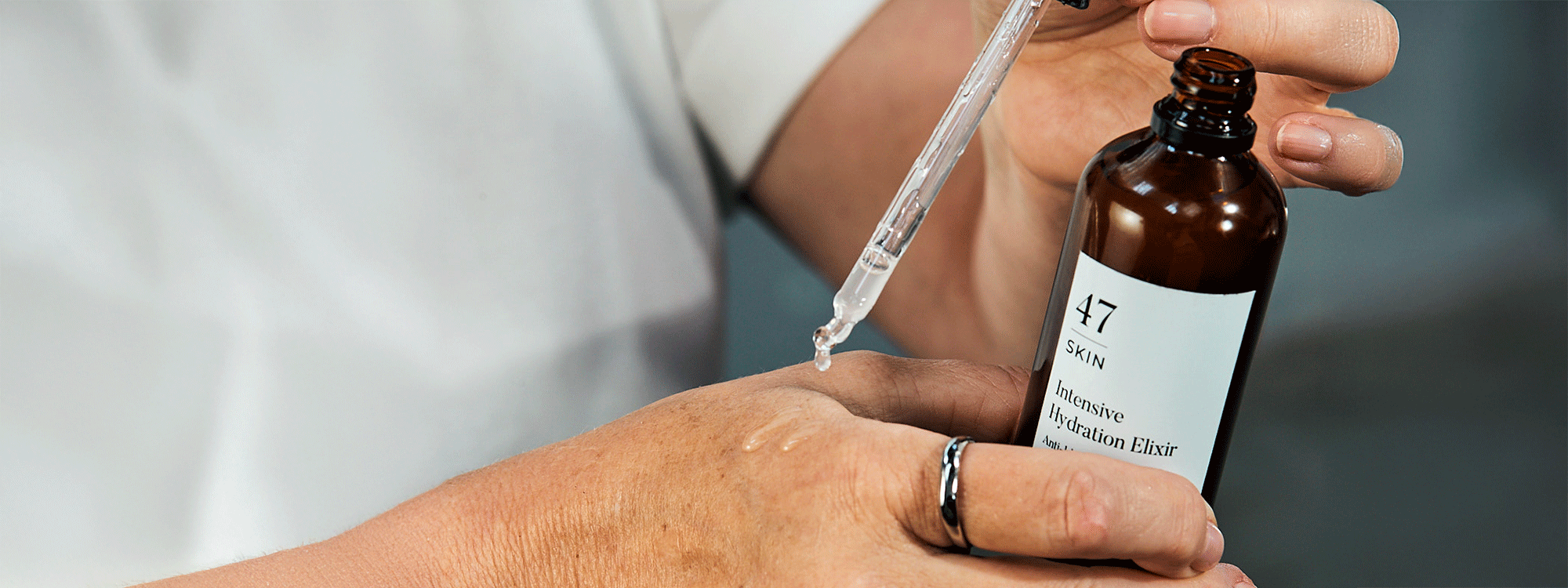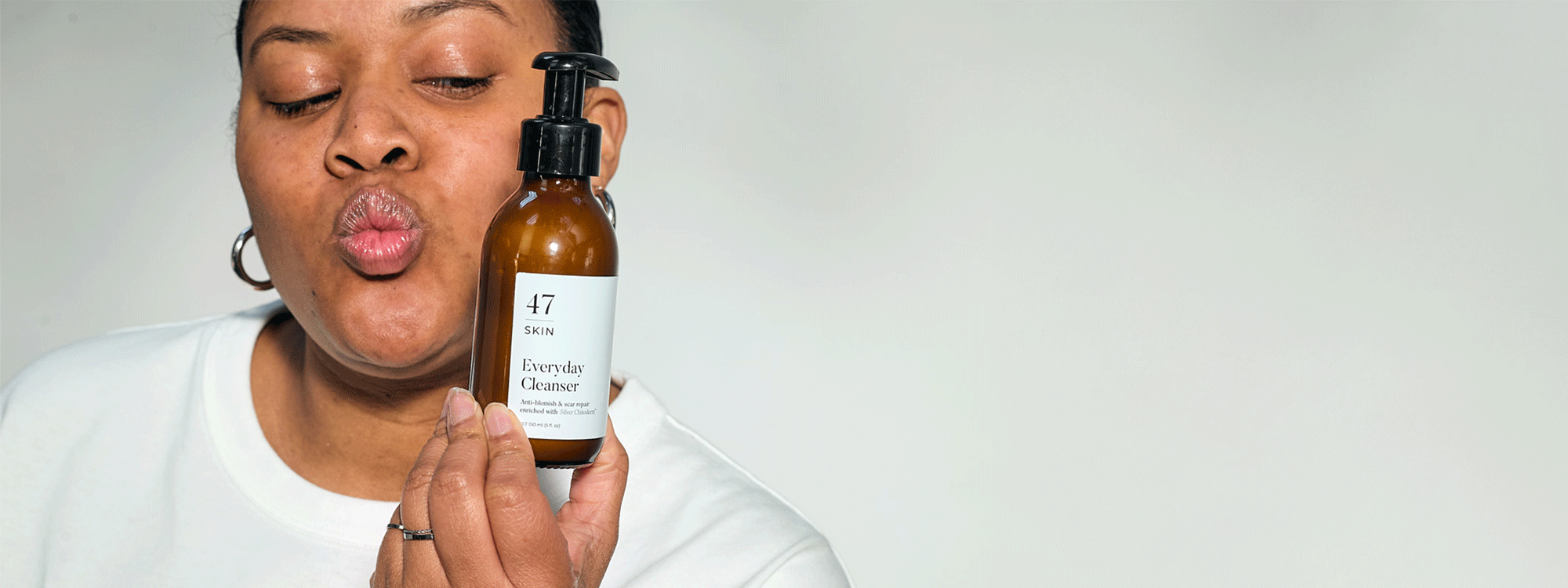
SPF for Blemish-Prone Skin: Why It Matters More Than You Think
If you’re dealing with breakouts, SPF might be the last thing on your mind. In fact, many people with blemish-prone skin avoid sunscreen altogether—fearing clogged pores, excess oil or irritation.
But here’s the truth: skipping SPF is one of the worst things you can do for blemish-prone skin.
Sun exposure can make breakouts worse, deepen pigmentation and slow down your skin’s healing process. Whether you’re in the middle of a breakout or managing post-blemish marks, daily SPF is not optional—it’s essential.
Why Your Skin Needs SPF (Even If You're Breaking Out)
UV Damage = Slower Healing
When UV rays hit your skin, they trigger inflammation and oxidative stress. If you already have active spots or healing scars, this exposure can:
-
Delay the healing of blemishes
-
Worsen post-inflammatory pigmentation (aka those dark marks that linger)
-
Break down collagen, increasing the risk of scarring
Blemishes + Sun = Pigmentation Problems
That dark mark that shows up after a spot fades? It’s called post-inflammatory hyperpigmentation, and it’s made significantly worse by the sun.
No matter your skin tone, sun exposure can turn a small blemish into a long-term issue. Using a broad-spectrum SPF helps prevent that from happening in the first place.
SPF Protects the Skin Barrier
If you’re using actives like retinol, exfoliating acids, or Silver Chitoderm®—congratulations, you’re speeding up cell turnover and clearing congestion. But these ingredients can also make your skin more vulnerable to the sun.
Daily sunscreen protects that fresh, newly revealed skin from UV damage while preserving the results of your treatment products.
The Myth That SPF Causes Breakouts
We get it. Many traditional sunscreens feel greasy, heavy or irritating. But formulas have come a long way—and the right SPF won’t clog your pores.
Look for:
-
Non-comedogenic formulas (won’t block pores)
-
Oil-free or gel-based textures
-
Zinc oxide or titanium dioxide (physical blockers that are often gentler)
-
Fragrance-free, if you’re sensitive
Bonus: some mineral SPFs also help calm redness and inflammation—perfect if your skin is stressed or spot-prone.
Choosing the Right SPF for Blemish-Prone Skin
Here’s what to look for in your ideal sunscreen:
Lightweight Texture
Go for gel, fluid, or serum-textured SPFs. Heavy creams are more likely to sit on the skin and mix with oil, increasing the risk of congestion.
Broad-Spectrum Protection
Make sure it protects against both UVA (ageing) and UVB (burning) rays. Don’t settle for anything less.
Added Skincare Benefits
Some SPFs now double up as skincare—hydrating, mattifying, or soothing. Products that include ingredients like niacinamide, zinc or Silver Chitoderm® can support blemish-prone skin while protecting it.
No White Cast
Not essential, but definitely a bonus—especially if you wear minimal makeup or want to avoid the ghostly sheen in photos.
How to Use SPF in a Blemish-Friendly Routine
1. Cleanse Gently
Start with a gentle cleanser that supports your skin barrier and doesn’t strip or dry out your skin.
2. Apply Serums
Use your targeted treatments first. This includes anything anti-blemish, like 47 Skin’s Anti-Blemish & Scar Repair Serum with Silver Chitoderm®.
3. Moisturise (if needed)
If your skin is on the dry side, apply a light moisturiser. If your SPF is hydrating enough, you might be able to skip this step.
4. Finish With SPF
Apply a generous amount (think two fingers’ worth for your face and neck) and let it absorb before makeup.
Reapply every 2 hours if you’re outside—and yes, that still applies on cloudy days.
What Happens If You Skip It?
Without SPF, all the effort you’re putting into your skincare routine could be undone. You’re more likely to:
-
Experience more inflammation and redness
-
Develop longer-lasting dark spots after breakouts
-
See slower progress from your active treatments
It’s like fixing a leaky roof, but then leaving the windows open in a storm. SPF is your finishing step that locks in progress and shields your skin from setbacks.
Final Thoughts
If you’ve ever thought SPF isn’t for you because you have breakouts—think again.
It’s one of the most underrated tools for healing, preventing marks, and maintaining clear, resilient skin. You don’t need to choose between protection and clarity—you can have both.
Choose an SPF designed for blemish-prone skin, layer it as your final morning step, and let it do its job: protecting your skin, enhancing your results, and keeping your complexion calm and clear.
